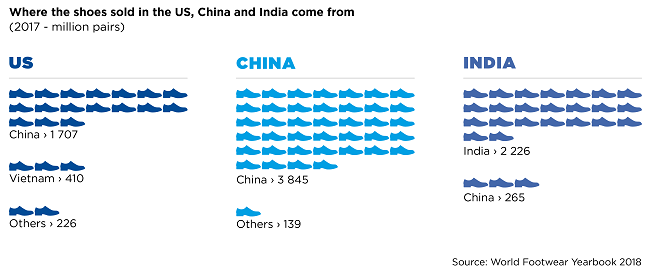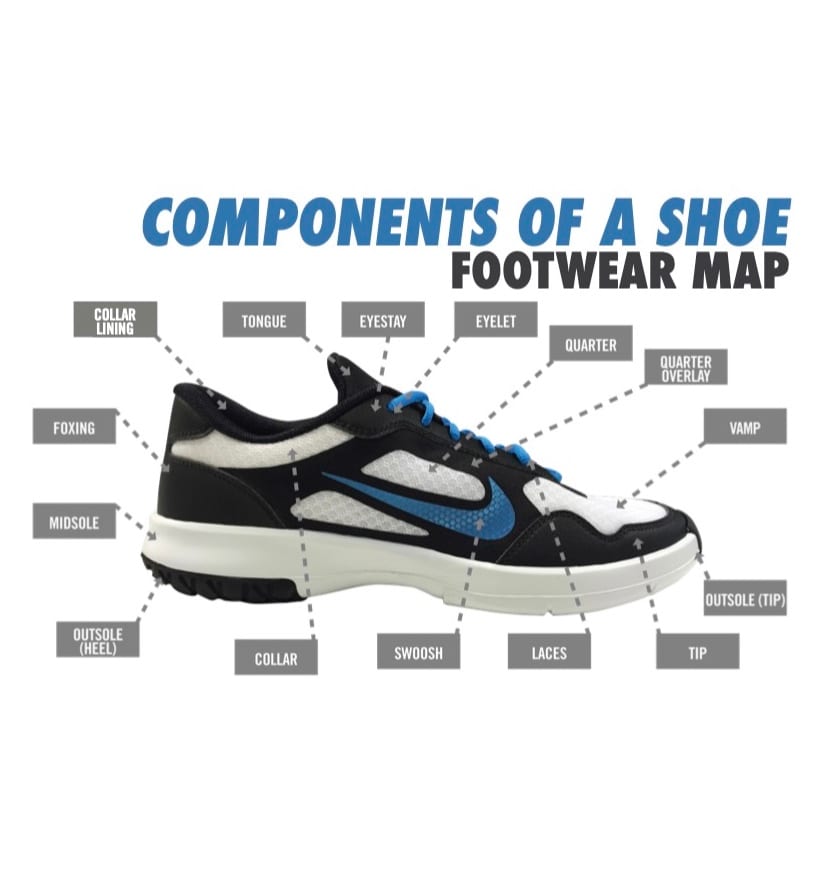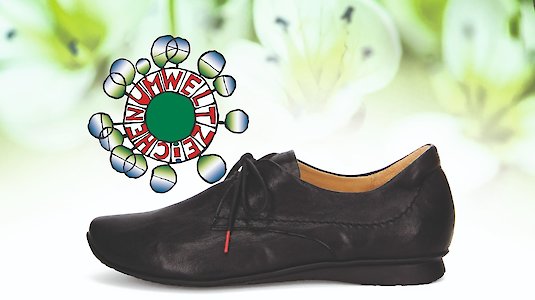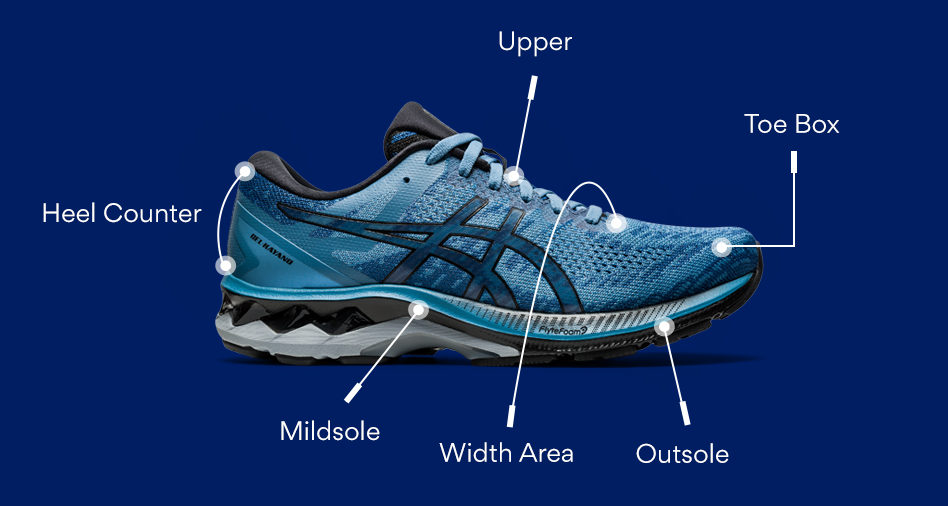The Fascinating Origins of Shoes
Have you ever wondered where your favorite pair of shoes come from? The story of shoes is as diverse as the styles we wear today. It spans thousands of years, cultures, and technologies, reflecting the evolution of human needs and creativity. From primitive foot coverings made of natural materials to high-tech sneakers and designer heels, the history of shoes is rich and varied. In this article, we’ll explore the origins of shoes, their evolution over time, and what influences current footwear trends.
Ancient Footwear: The Beginning of Shoe History
The earliest footwear was created not just for style but primarily for protection against harsh environments. Archaeological findings suggest that the oldest known shoes were made approximately 5,500 years ago. These simple sandals were made from grass or leather, designed to shield the feet from rough terrain. For instance, the “Oldest Leather Shoe” discovered in Armenia dates back to around 3,500 BCE, showcasing the innovation of early humans in adapting to their surroundings.
As civilization advanced, so did footwear. Ancient Egyptians wore sandals made from palm leaves, which allowed breathability in the hot climate. Similarly, Roman soldiers donned sturdy leather boots, emphasizing the practical nature of footgear in historical contexts. The evolution of shoes was not just a necessity; it became a status symbol as well, reflecting wealth and social standing within various cultures.
Real-World Footwear Experience: The Impact of Culture
For instance, in the 16th century, the ‘chopine’ became popular in Europe. Elevated shoes made from wood or cork were designed to elevate the wearer’s stature and were often worn with intricate patterns painted on, reflecting the art of the period. Fast forward to modern times, and cultures still express their identity through footwear. The popularity of athletic shoes, such as Nike’s Air Jordans, showcases how a simple shoe can become a cultural icon, merging fashion and functionality.
Evolution of Shoes: From Functionality to Fashion
The Industrial Revolution and Mass Production
The Industrial Revolution in the 18th century marked a turning point in shoe production. With advancements in machinery, shoes could be produced on a much larger scale. This era saw the inception of standardized sizes, making footwear more accessible to the general public. Suddenly, the ability to purchase a pair of shoes without the need for a custom fit became a reality.
However, it was not only the production that transformed but also the materials used. Leather remained a primary choice, but other materials, such as rubber and canvas, began to emerge. The creation of the rubber sole by Charles Goodyear in 1839 set the stage for comfortable and durable footwear, laying the groundwork for modern sneakers.
Case Study: The Rise of Athletic Footwear
Fast forward to the 20th century, and we see the birth of athletic shoes designed specifically for sports. Brands like Adidas and Converse revolutionized this segment by offering specialized footwear catering to athletes. A notable case is the development of the “Chuck Taylor All Star” by Converse, which became synonymous with basketball culture in the 1920s and remains a fashion staple today.
This case illustrates not only the evolution of shoe function—from basic protection to performance enhancement—but also the intersection of culture, sports, and fashion. As athletics gained popularity, so did the demand for stylish yet functional shoes, pushing brands to innovate continually.

Comparison Table: Key Milestones in Footwear Evolution
| Era | Milestone | Footwear Example |
|---|---|---|
| 3500 BCE | First known shoes made of leather | Ancient Armenian leather shoes |
| 16th Century | Chopines worn by women in Europe | Wooden elevated shoes |
| 1839 | Invention of vulcanized rubber | Rubber-soled shoes |
| 1920s | Introduction of specialized athletic shoes | Converse Chuck Taylor |
| 21st Century | Rise of sustainable and tech-infused footwear | Eco-friendly sneakers |
Modern Footwear Trends: What Influences Today’s Shoes?
Fashion Meets Functionality
Today’s shoes are the result of careful consideration of design, comfort, and technology. The trends shift rapidly, influenced by factors such as celebrity endorsements, social media, and athleisure culture. The modern consumer seeks not just functionality but also aesthetics, with shoes often serving as a fashion statement.
For example, the popularity of sneakers in formal settings has led to a revolution in how we perceive traditional business attire. Many professionals now pair smart casual wear with sneakers, blending comfort and style. Brands like Balenciaga have even elevated this trend, producing designer sneakers that come with a hefty price tag but are widely sought after for their unique designs.

Tips for Choosing the Right Footwear
- Consider Comfort: Always prioritize fit and support, especially if you’re on your feet for long periods.
- Know Your Style: Choose shoes that complement your wardrobe and reflect your personal style.
- Think Versatility: Invest in footwear that can be dressed up or down for various occasions.
- Sustainability Matters: Consider brands that offer eco-friendly options, as sustainability is a growing trend in footwear.
Popular Footwear Categories
As we navigate through the various shoe types available today, it’s essential to recognize the distinct categories that cater to different needs and occasions. Below are some of the most popular footwear categories:
- Sneakers: Versatile and often used for casual and athletic purposes. Brands like Nike, Adidas, and New Balance lead the market.
- Boots: Ideal for colder weather, they come in various styles, from ankle boots to knee-high options suitable for both men and women.
- Sandals: Perfect for warmer climates, sandals provide comfort and breathability, with styles ranging from flip-flops to dressy options.
- Dress Shoes: Essential for formal occasions, dress shoes encompass oxfords, loafers, and heels that enhance a polished look.

FAQs About Shoe Origins and Trends
1. What materials are commonly used to make shoes today?
Modern shoes are made from a variety of materials, including leather, synthetic fabrics, rubber, and eco-friendly materials like recycled plastics. The choice of material often depends on the intended use of the footwear.
2. How did athletic shoes become popular?
Athletic shoes became popular due to advancements in sports and increased participation in physical activities. The influence of athletes endorsing specific brands, such as Michael Jordan with Nike, significantly boosted their appeal.

3. Are there sustainable shoe brands?
Yes, many brands focus on sustainability by using recycled materials and ethical production methods. Examples include Allbirds and Veja, which have garnered attention for their commitment to the environment.
4. What are the most iconic shoe styles in history?
Iconic shoe styles include the stiletto heel, Converse Chuck Taylor, Nike Air Jordans, and Birkenstock sandals. Each of these styles has left a significant mark on fashion and culture.

5. How do trends in footwear change?
Trends in footwear change due to various factors, including cultural influences, fashion shows, celebrity endorsements, and technological advancements in materials and design.
6. What is the impact of social media on footwear choices?
Social media plays a critical role in shaping footwear choices today, with platforms like Instagram showcasing trending styles, influencer fashion, and brand collaborations that impact consumer preferences.

7. Why are some shoes so expensive?
Certain shoes are expensive due to factors like brand prestige, quality materials, limited editions, or unique collaborations. Designer shoes often come with a higher price tag due to their craftsmanship and market demand.
8. How can I ensure a proper fit when buying shoes online?
To ensure a proper fit when buying shoes online, measure your foot size accurately and refer to the brand’s size chart. Reading reviews about fit and using return policies to try different sizes can also help.

9. What shoes should I wear for different occasions?
For casual outings, sneakers or sandals are perfect. If attending a formal event, opt for dress shoes or heels. For outdoor activities, consider sturdy boots or specialized hiking shoes to provide support and safety.
10. What are the benefits of investing in high-quality footwear?
High-quality footwear often provides better comfort, durability, and support, reducing the risk of foot-related issues. Investing in quality shoes can save money in the long run, as they tend to last longer than cheaper options.

11. How can I care for my shoes to extend their lifespan?
To extend the lifespan of your shoes, clean them regularly, avoid wearing them in harsh conditions, and use protective sprays. Store them properly and replace worn-out insoles to maintain comfort and support.